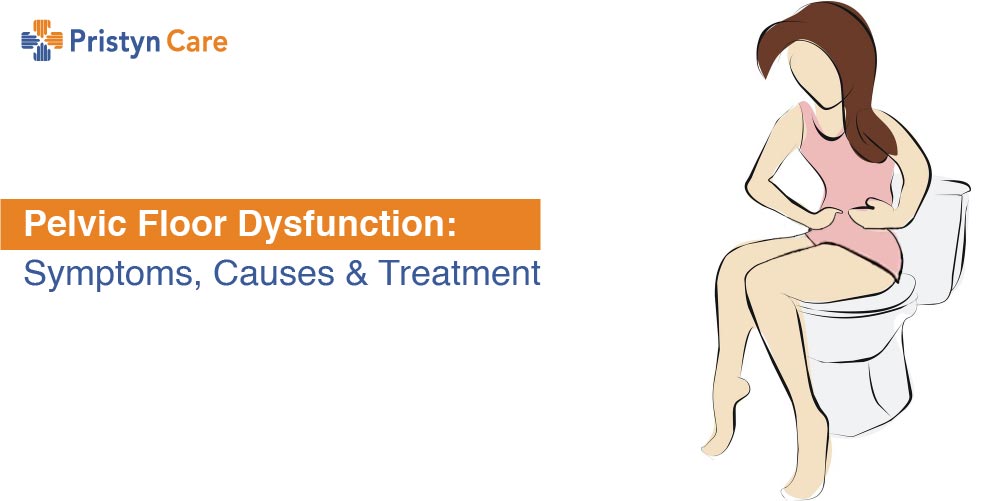pelvic floor dyssynergia symptoms
Although functional constipation is known to often manifest concomitant features of pelvic floor dyssynergia the nature of pelvic floor symptoms and anorectal dysfunction in non. Dyssynergic defecation is a health condition with difficulty passing stool due to problems with the muscles and nerves of the pelvic floor.

Botulinum Toxin Type A For The Treatment Of Dyssynergic Defaecation In Adults A Systematic Review Chaichanavichkij 2020 Colorectal Disease Wiley Online Library
Pelvic floor dyssynergia is a condition in which the external anal sphincter and the puborectalis muscle contracts rather than relaxes during an attempted bowel movement.
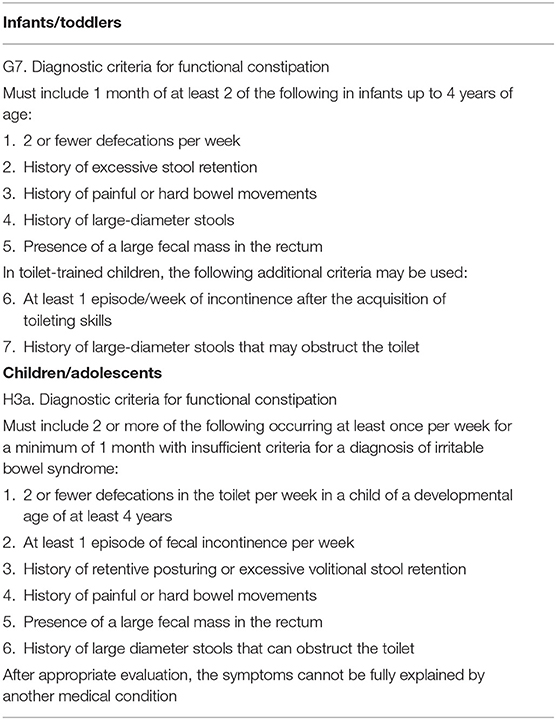
. It can result in chronic. Common symptoms of constipation include infrequent bowel movements straining hard stools and the sensation of incomplete emptying of fecal matter. Sometimes erroneously to a specific.
It can result in chronic constipation. When you have pelvic floor dyssynergia pelvic dyssynergia the muscles in your pelvic floor become uncoordinated. Symptoms include constipation straining to defecate having urine.
Symptoms of pelvic floor dyssynergia include. Less than three bowel movements per week. Excessive straining when having a bowel movement.
Pelvic floor dyssynergia is the inability to relax or a paradoxical contraction of the pelvic floor muscles during a bowel movement. In Stanford Health Cares Neurogastroenterology Motility. It can occur in both children and adults and in both men and.
Constipation due to the inability to contract and relax pelvic floor muscles constipation is the first and the most. Pelvic floor disorders are common among women1 Symptoms associated with pelvic floor muscle dysfunction include lower urinary. Those affected with pelvic floor dyssynergia typically cannot correctly relax their pelvic floor muscles resulting in difficulty urinating or irregular bowel movements.
Pressure on your pelvic floor from pregnancy and. These are the most common symptoms of pelvic floor dyssynergia. Anismus or dyssynergic defecation is the failure of normal relaxation of pelvic floor muscles during attempted defecation.
In the past the. What Causes Pelvic Floor Dyssynergia. It is marked by the.
There is no specific cause but could be related to. It is difficult to know what causes pelvic floor dyssynergia. Pelvic floor dyssynergia can affect your quality of life but our experts are dedicated to helping you get back to life on your terms.
An example of anorectal dysfunction that can contribute to constipation is a condition called Pelvic Floor Dyssynergia also referred to as anismus. Dyssynergic defecation is a health condition with difficulty passing stool due to problems with the muscles and nerves of the pelvic floor. In the final multivariate models after controlling for BMI the number of Rome II symptoms of pelvic floor dyssynergia ie having to strain to pass a stool feeling unable to empty the.
Pelvic floor dysfunction is the inability to correctly relax and coordinate your pelvic floor muscles to have a bowel movement. This makes it difficult to have a bowel movement.
You Re In Control Bowel Issues

Pelvic Floor Disorders Health Plus

Advances In Diagnostic Assessment Of Fecal Incontinence And Dyssynergic Defecation Sciencedirect

How Pelvic Floor Physical Therapy Helped Megan Eliminate Rectal Pain And Bowel Dysfunction
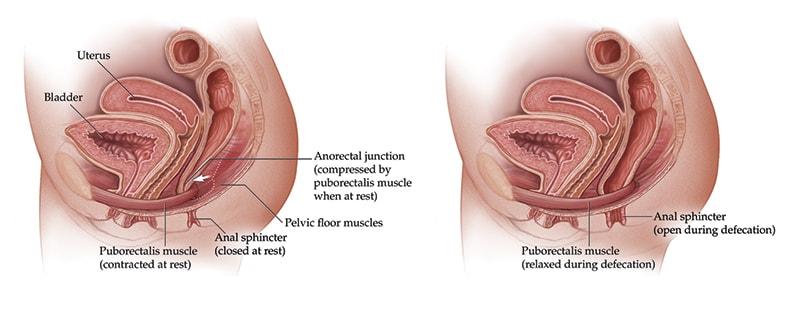
Treating Patients With Pelvic Floor Dysfunction Mayo Clinic

Dyssynergia An Overview Sciencedirect Topics

Pelvic Floor Dysfunction In Parkinson S Disease At Home Exercises
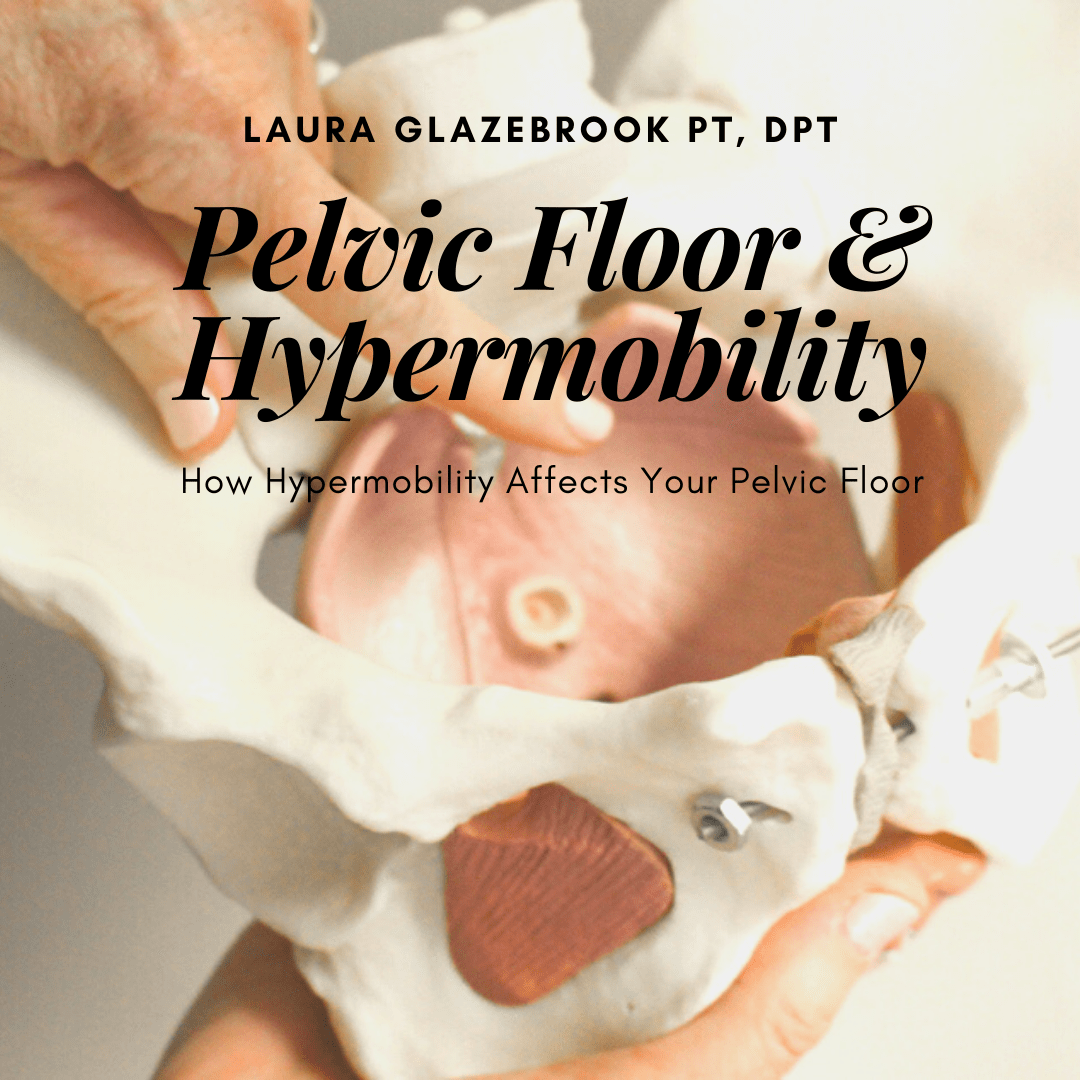
The Pelvic Floor Hypermobility One On One Physical Therapy

Frontiers Functional Constipation And Dyssynergic Defecation In Children

Pdf Physical Therapy Management Of Pelvic Floor Dyssynergia

Pelvic Floor Dyssynergia About Gi Motility

Biofeedback For Pelvic Floor Dysfunction In Constipation The Bmj

Pelvic Floor Dyssynergia Is Known By Many Different Names To Put It Simply The Pelvic Floor Muscles Ar Pelvic Floor Pelvic Floor Muscles Pelvic Floor Therapy

Pdf Biofeedback For Pelvic Floor Dysfunction In Constipation
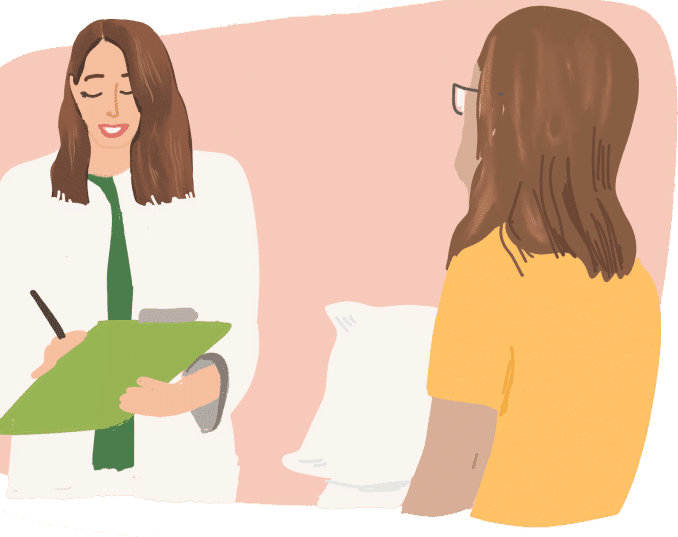
Bowel Dysfunction Pelvic Health Rehabilitation Center

Biofeedback Pelvic Floor Muscle Training Versus Posterior Tibial Nerve Electrostimulation In Treatment Of Functional Obstructed Defecation A Prospective Randomized Clinical Trial Egyptian Rheumatology And Rehabilitation Full Text

